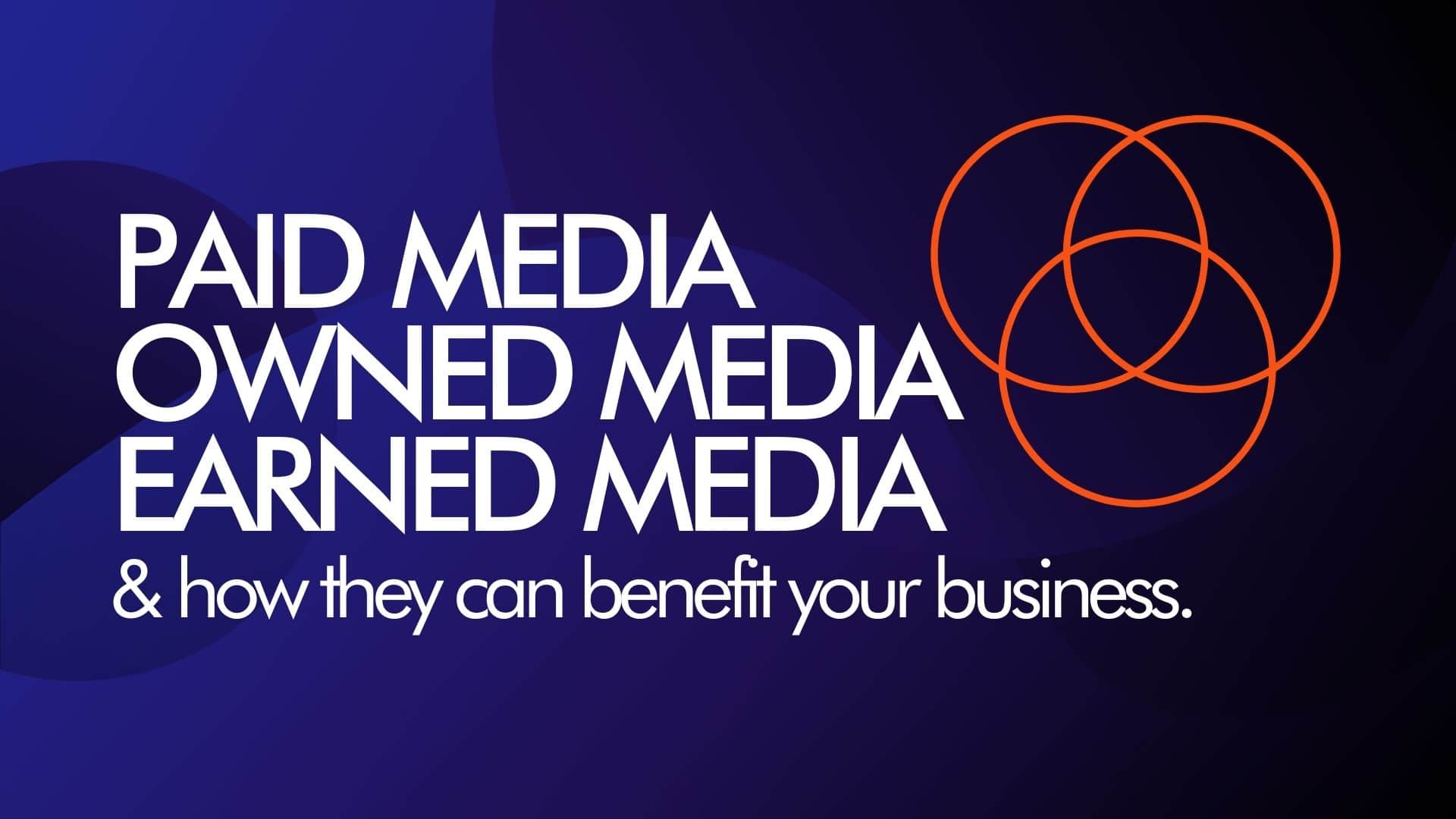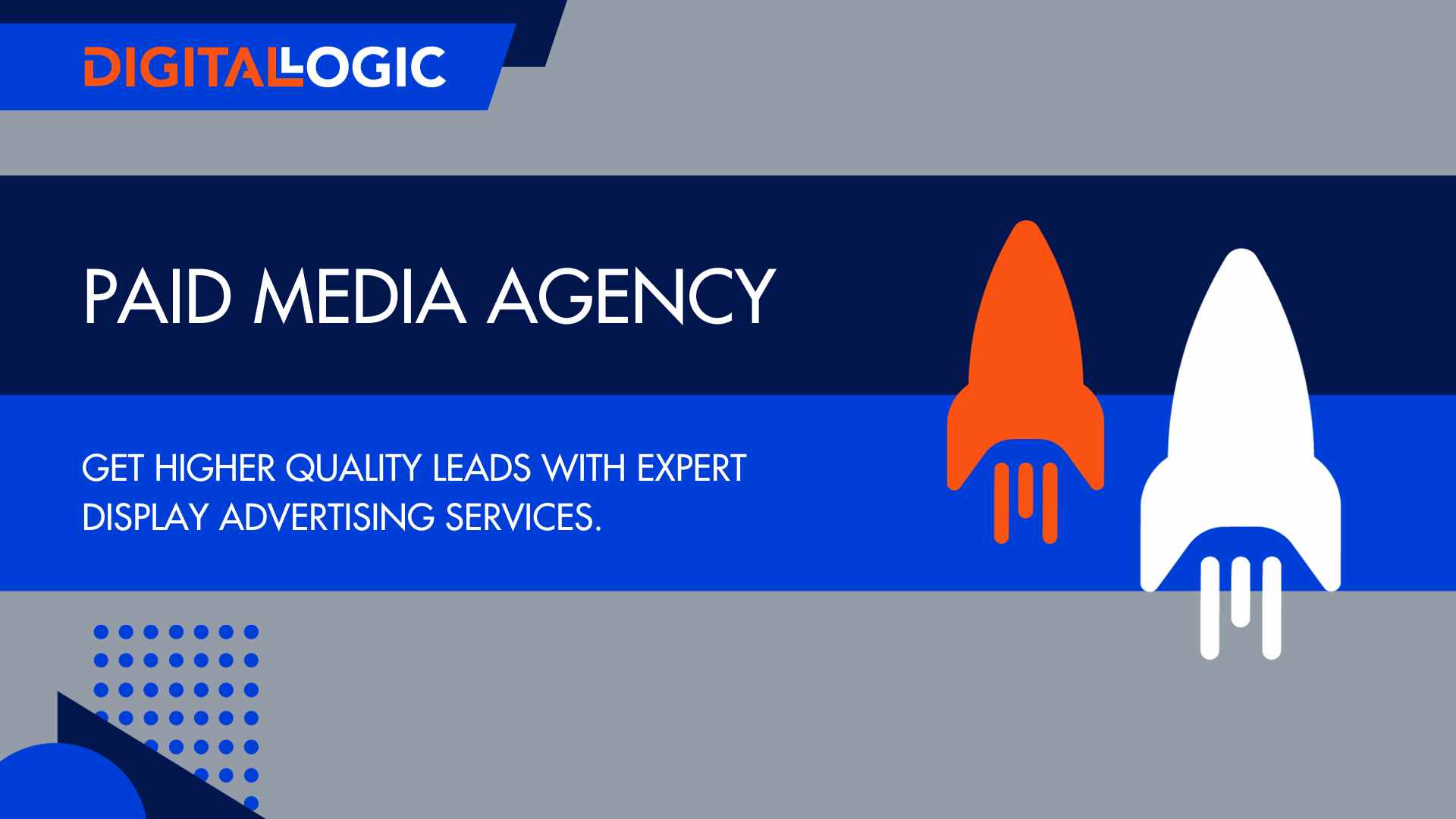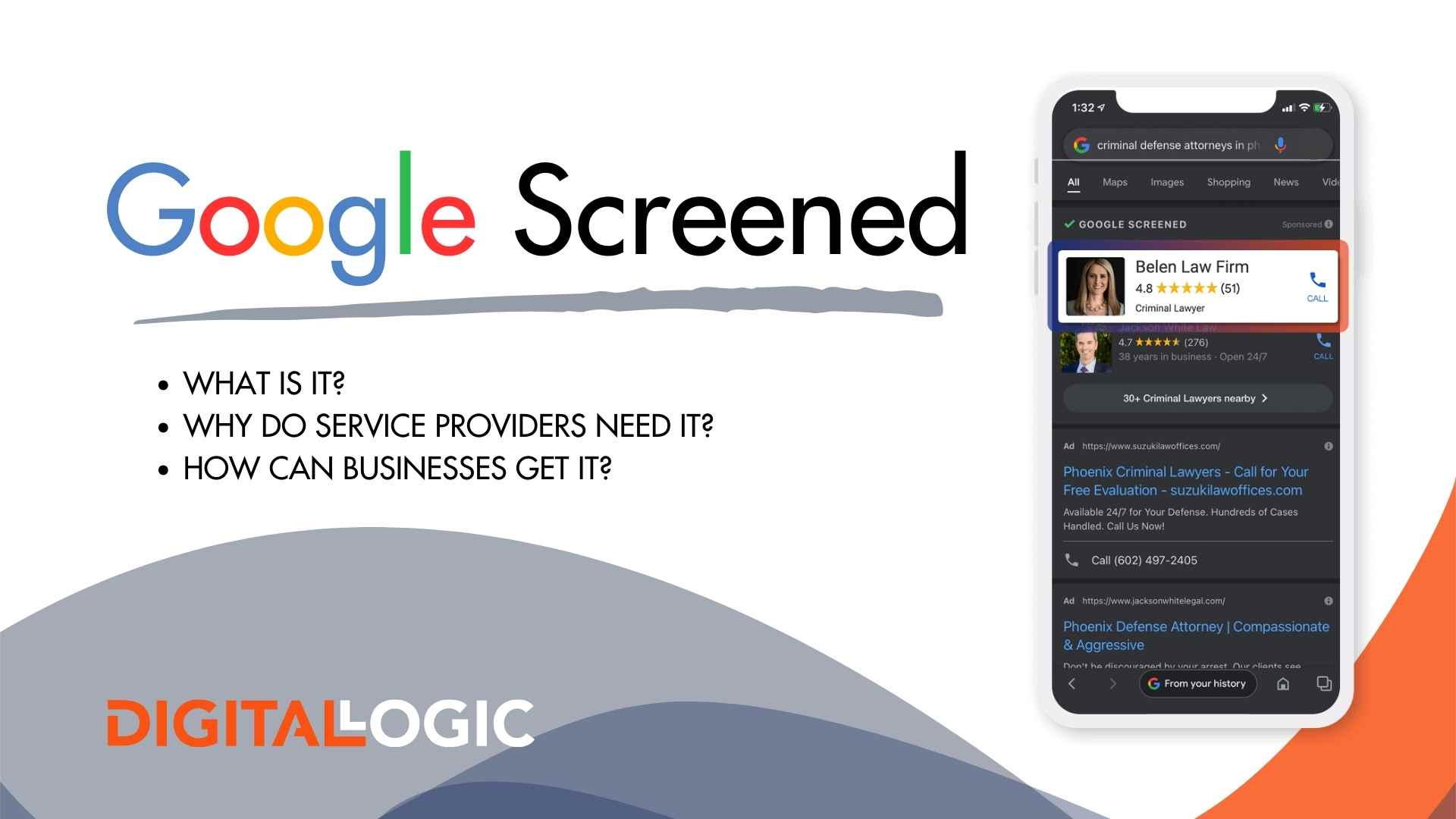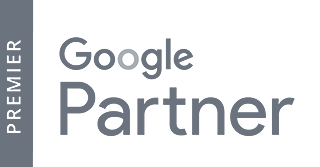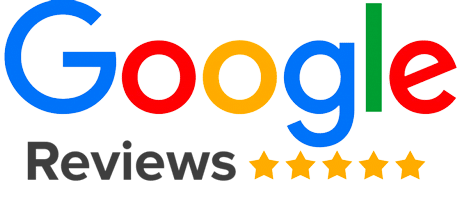What’s the Difference Between Paid Media, Owned Media, and Earned Media?
If you’re trying to create a digital marketing strategy for your business, you may have heard these words used by various advertising agencies. While all of these words sound fairly similar, differences do exist between the three. What’s the difference between paid media, owned media, and earned media? And, how do these media types contribute to your internet marketing strategy?
To better understand how paid, earned, and owned media help your digital strategy, we suggest you think of these media types as a tripod. Each individual element is a valuable piece of the overall strategy, and all three pieces work in conjunction to create a successful marketing mix!
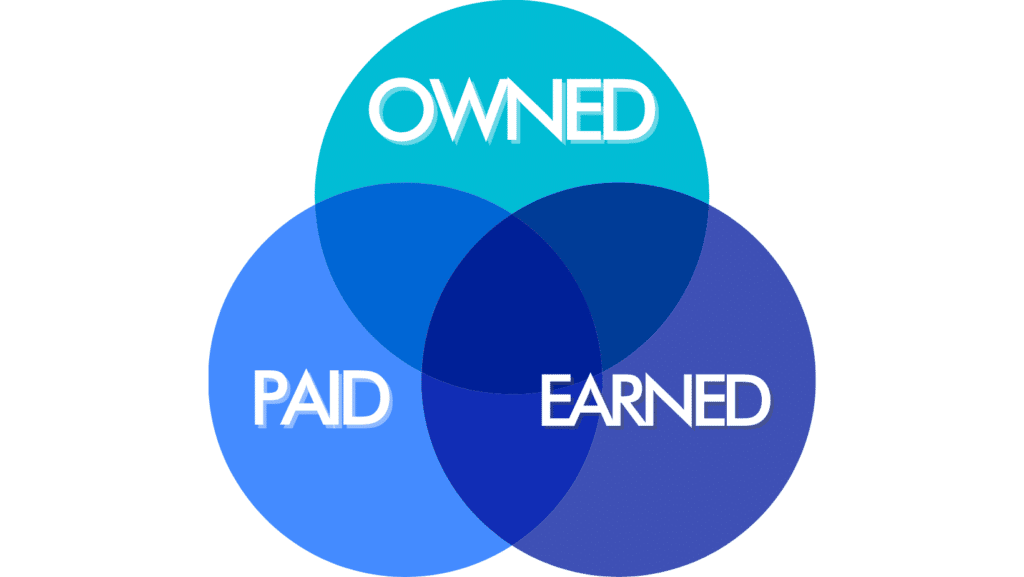
Paid, Owned, and Earned Media Defined
Investing in online media means that you’ll need to differentiate the types of investments, in order to see which is working the best for your company or brining in the best ROI. Otherwise, your online marketing efforts will become stagnant, over time. While none of these media types are new, and have always outperformed traditional media outlets, such as billboards or direct mail advertising, but in the past several years, an increasing prominence is showing to owned media and especially earned media, while paid media has normally been the only driving factor for traffic, in the past. This move poses questions surrounding how business owners can measure their returns from social media post and blog post efforts, in order to set his or her investment at the right dollar amount. For some business or industry sectors, marketers may have a tendency to focus on paid media, only allocating a small portion of the budget to other media, such as earned media and owned media. At Digital Logic, we recommend a balanced approach, using all three forms of media in conjunction with one another across various distribution channels. We can always opt to bump up the paid media portion when our customers express the need for sudden, increased sales.What is Earned Media?
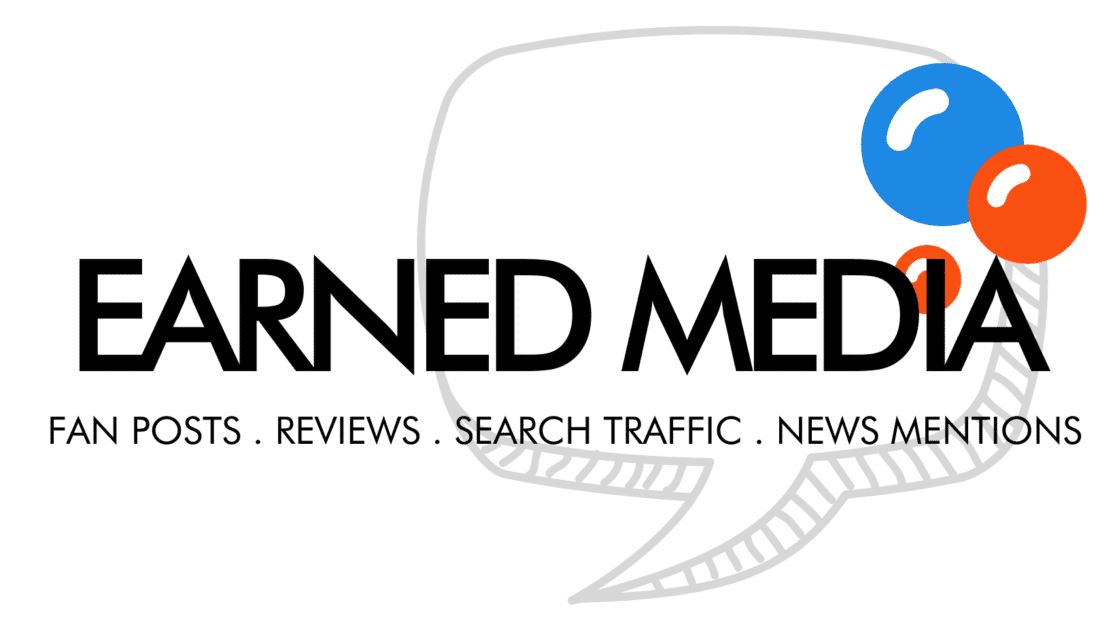
How to Get Earned Media
The best way to gain earned media is through a combination of a strong organic strategy using SEO in conjunction with a strong content marketing strategy. Having your content rank on the first page of search engines organically for relevant search phrases is key to getting earned media for your brand. Having your media content rank on search engines places your website, which is owned, and other content links in a position to receive more exposure, which makes organic traffic easier to come by. This is one of the many reasons why having a solid SEO strategy is critical to the success of your brand’s content and overall digital strategy.Examples of Earned Media
Some common examples of earned media and how important it is to monitor and capitalize on positive earned media include:Customer Posts on Social Media that Reference Your Product
Customers or fans of your product or service can promote your brand for free by posting about their experience with your product or service on a social network. When someone tweets, “best plastic surgeon ever” on Twitter, and their post gets liked and retweeted, this is a good example of earned media.Customer Reviews
When someone posts a positive Google or Yelp review, this is an example of positive earned media. However, the opposite also holds true for negative reviews. When someone pays for a product or service and isn’t satisfied, they’re much more likely to post the issues related to his or her experience. Negative reviews can impact your brand just as much as positive reviews can.Search Engine Traffic
Organic traffic is a little sticky. Typically earned media comes in the form of published content. However, organic traffic that is a direct result of your website’s pages ranking highly is a type of earned media. After all, you have earned that traffic to your content right? This content within the search results pages is linked to your owned content, but the actual generation of search traffic for keywords, apart from direct brand related searches, is one of the best forms of earned media for every industry.
Brand Content That Can Increase Earned Media Coverage
In terms of content marketing strategy, creative and informative content can come in many forms. The most common examples of brand content that increases earned media include:- Blog post
- Info-graphic
- Press release and press mentions
- Webinar
- E-book
- Video content
What is Owned Media?
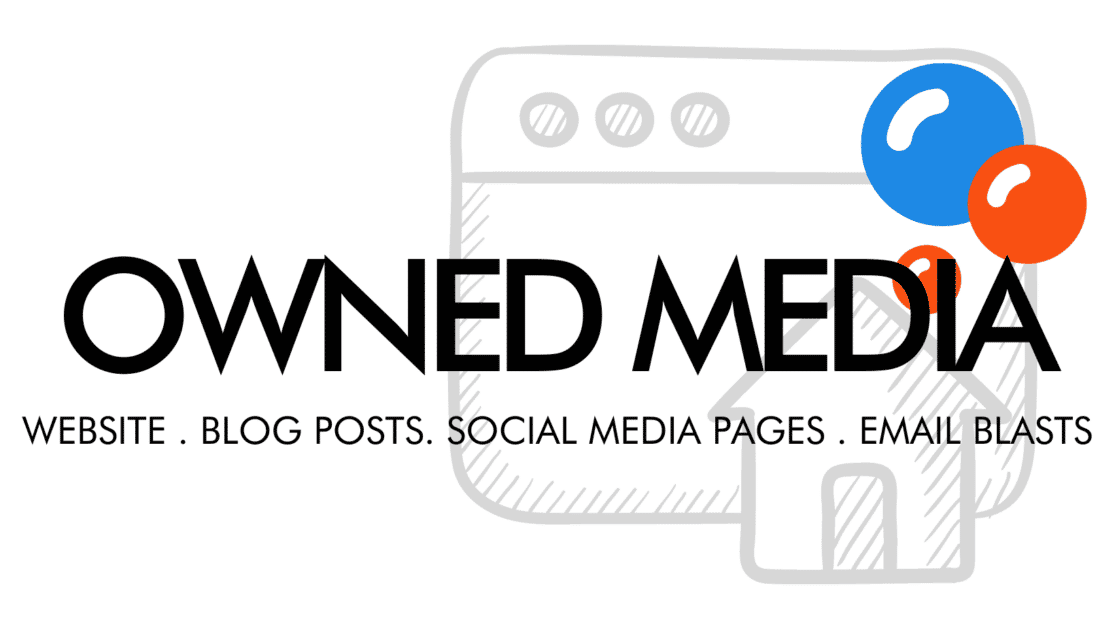
Owned media is any online property that you can control.
The most common example of this type of media is a website. Social media channels, email blasts, and blogs are extensions of your site and therefore, are considered owned media, as well. The more owned media coverage your brand has, the more chances you have to extend your presence online.
In general, owned media is free, and business owners can control who can see it. This makes owned media a powerful tool to have in your branding toolbelt. While you must put substantial budget behind paid, and it’s hard to control earned media, you can always utilize owned media as a hub for your brand.
When You Don’t Own Your Website
If you’re currently working with an agency, and you don’t actually own your website, rethink some of your investment and buying decisions.
It may be a smart move to cut ties earlier than later. You don’t want an online agency that can hold your most valuable tool for brand growth hostage, if they so choose. (And, trust us, they “so choose” a lot more than you’d like to think.)
As a business owner, you always want to own your website. Period.
What is Paid Media?
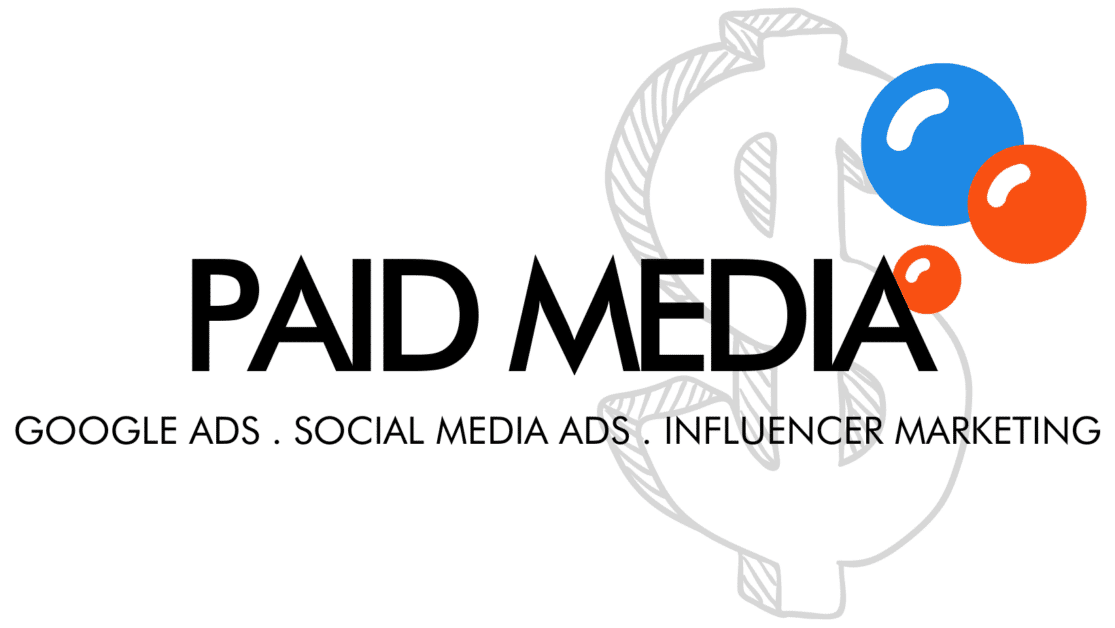
Paid media is advertising that you have to pay for.
For new businesses or businesses who haven’t historically had a strong online presence, paying to promote content can help drive more online exposure.
Paid Media Channels
Google Ads
The best paid media channel to ensure your business gets the best ROI possible is Google Ads. Most businesses prefer to run PPC ads on Google’s search engine. But what does PPC mean?
An experienced digital marketing agency can help your company grow using a host of digital advertising techniques, including standard PPC advertising, retargeting, geofencing, marketing on display ad networks, and posting video ads on platforms, like YouTube. This is the most direct way to drive your prospective customers to your owned sites, like your website, to help increase traffic and conversions.
Want to check your KPI and metrics? Here’s how to use Google Analytics!
Social Media Channels
Social media platforms such as Facebook, LinkedIn and Twitter also offer paid media advertising that all help boost your brand presence and possibly gain website traffic using paid social media posts.
Influencer Marketing
Another way to get more exposure using paid media is through influencer marketing. This technique requires paying influencers to represent and highlight your products or services. Influencers must have a large audience that’s similar to your customer base, in order to help grow your brand’s reach. Selecting an influencer that’s a bad fit with your brand won’t help you reach potential customers. The advertisement will essentially fall on deaf ears.
Earned, Owned and Paid Media Takeaways
- Earned media, paid media, and owned media are all important media outlets. It’s up to you to allocate budget that best suits your company.
- Owned media, such as your website and social media sites, are essentially an extension of your brand.
- Earned media is online ‘word of mouth’. It’s what drives organic traffic to your website and engagement around your brand. SEO earned media can be controlled and is the most effective form of earned media.
- Paid media can promote content and generate leads more quickly, especially when used to drive a customer to your owned media properties.
- Using earned, owned and paid media in conjunction with one another will make your online marketing strategies much more effective.
Earned, Owned and Paid Media FAQs
What is the Difference Between Paid Media, Earned Media, and Owned Media?
For paid media, you must pay for the media coverage. This can be done through an ad or sponsorship. Owned and earned media are free. Owned media is something you create, such as your website, Facebook page, or blog posts. And, earned media is content that others create about your brand, brand mentions, shared media, etc.
Is PR Paid, Owned, or Earned Media?
Public relations, in and of itself, is earned media. You can pay for PR services, which would then become paid media, or you can engage with your customer base yourself. A press release would be considered owned media, but when your potential clients or customers talk about your press releases, products, services, brand, or the like, this is earned media.
Is SEO Paid, Owned, or Earned Media?
SEO, or search engine optimization, is technically owned media. SEO is a process in which you carry out optimizing the content you own, in order to get more online exposure. While the process involves a decent amount of free techniques, it drives traffic to something you own. However, when someone shares one of your website’s pages or blog posts, this is considered earned media.
Is Social Media Paid, Owned, or Earned Media?
Social media can be paid, owned or earned media, depending on the context. In general, your posts on social media are considered owned content. When you create a social media ad, that is considered paid media. And, when a customer shares your post, talks about your business on social media, or even shares a link to a blog post you’ve written, then that is technically earned media!
